A second outbreak of human illness was identified in DRC/Zaire in 1996–1997. In 2003, a small outbreak of human monkeypox in the United States occurred among owners of pet prairie dogs.
The outbreak originated from Villa Park, Illinois , outside of Chicago, when an exotic animal dealer kept young prairie dogs in close proximity to an infected Gambian pouched rat ( Cricetomys gambianus ) recently imported from Accra, Ghana.
Seventy-one people were reportedly infected, of which there were no fatalities. A second African focus of infection has been discovered in Sudan . No infected patients died.
It was first identified in 1958 as a pathogen of crab-eating macaque monkeys ( Macaca fascicularis) being used as laboratory animals.
The virus is found mainly in tropical rainforest regions of central and West Africa.
The virus was first discovered in monkeys (hence the name) in 1958, and in humans in 1970. Between 1970 and 1986, over 400 cases in humans were reported.
Small viral outbreaks with a death rate in the range of 10% and a secondary human to human infection rate of about the same amount occur routinely in equatorial Central and West Africa.
The primary route of infection is thought to be contact with the infected animals or their bodily fluids.
The virus can spread both from animal to human and from human to human. Infection from animal to human can occur via an animal bite or by direct contact with an infected animal’s bodily fluids. The virus can spread from human to human by both respiratory (airborne) contact and contact with infected person’s bodily fluids.
Risk factors for transmission include sharing a bed, room, or using the same utensils as an infected patient. Increased transmission risk associated with factors involving introduction of virus to the oral mucosa.
The Incubation period is 10–14 days.
Prodromal symptoms include swelling of lymph nodes, muscle pain, headache , fever , prior to the emergence of the rash .The rash is usually only present on the trunk but has the capacity to spread to the palms and soles of the feet, occurring in a centrifugal distribution.
Morbidity and mortality, Symptoms and course
In humans, monkeypox is similar to smallpox, although it is often milder. Vaccination against smallpox is assumed to provide protection against human monkeypox infection considering they are closely related viruses and the vaccine protects animals from experimental lethal monkeypox challenge.
Prevention and treatment
Currently, there is no proven, safe treatment for monkeypox. Smallpox vaccine has been reported to reduce the risk of monkeypox among previously vaccinated persons in Africa.
The decrease in immunity to pox viruses in exposed populations is a factor in the prevalence of monkeypox. It is attributed both to waning cross-protective immunity among those vaccinated before 1980 when mass smallpox vaccinations were discontinued, and to the gradually increasing proportion of unvaccinated individuals.
The United States Centers for Disease Control and Prevention (CDC) recommends that persons investigating monkeypox outbreaks and involved in caring for infected individuals or animals should receive a smallpox vaccination to protect against monkeypox.
Persons who have had close or intimate contact with individuals or animals confirmed to have monkeypox should also be vaccinated.
The people who have been infected can be vaccinated up to 14 days after exposure. CDC does not recommend preexposure vaccination for unexposed veterinarians, veterinary staff, or animal control officers, unless such persons are involved in field investigations.
Public health education
- Close physical contact with monkeypox infected people should be avoided
- Gloves and protective equipment should be worn when taking care of ill people.
- Regular hand washing should be carried out after caring for or visiting sick people.
- Thoroughly cook all animal products before eating.
- Gloves and other appropriate protective clothing should be worn while handling sick animals or their infected tissues, and during slaughtering procedures.
Controlling infection in healthcare settings
- Healthcare workers and those treating or exposed to patients with monkeypox or their samples should consider being immunized against smallpox via their national health authorities.
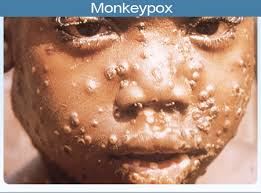
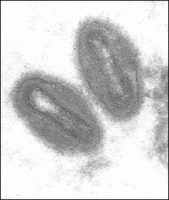
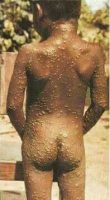
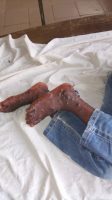
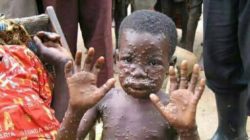













 Latest5 days ago
Latest5 days ago
 Latest7 days ago
Latest7 days ago
 News4 days ago
News4 days ago
 Energy1 week ago
Energy1 week ago
 Comments and Issues1 week ago
Comments and Issues1 week ago
 Business1 week ago
Business1 week ago
 Latest6 days ago
Latest6 days ago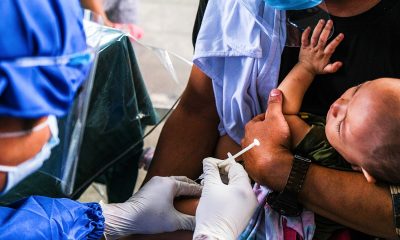
 Health1 week ago
Health1 week ago
